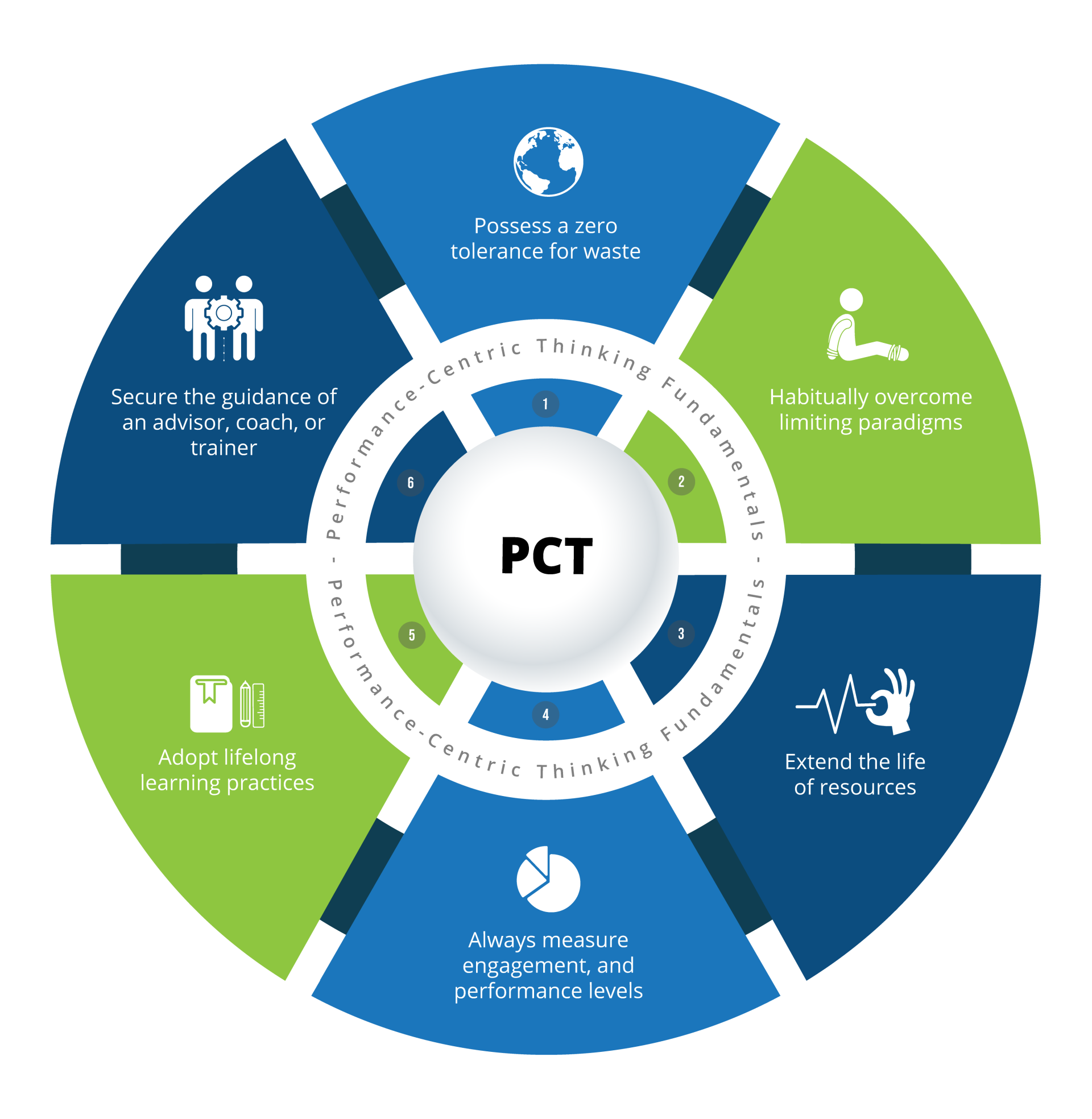“Growth is never by mere chance; it is the result of forces working together.”
– James Cash Penney –
The need for business leaders to facilitate adaptation to a rapidly changing world is critical. Although many leaders are working hard to adapt, it is impossible for them to do it on their own. Joining forces with their most valuable asset, their people, is the logical solution. Both parties have a vested interest in working together towards common goals. The secret is found in the development and delivery of structured career success program.
There is currently inconsistency between what should be happening and what is in most SME businesses. Training and knowledge transfer is often missing. Specifically, the development of lifelong learning practices. This is especially perplexing given the fact that training and knowledge transfer has been the common thread through most the successful business transformation focused on increasing business performance, employee engagement, and innovation.
Being a good employer is a requirement in the “Worthiness Era,” according to Lauri Bassi. In her book, “Good Company,” Bassi found that companies with strong commitments to developing a culture of lifelong learning attained a mean change in market value of 47%, whereas companies with weaker commitments averaged a four percent decline in value during the same three-year period. C-Suite executives understand this. According to a PwC study, 96% say “some change to their culture is needed”, with over half (51%) believing their culture requires “a major overhaul”.
There is good news. Being a good employer and doing the right thing does not mean that a company must accept the responsibility for all training and knowledge transfer. Studies show that over 80% of employees believe they need to constantly be upskilling in order to keep pace in their careers. Employees, for the most part, are ready to self-direct their learning.
As a leader, here is how you can you encourage lifelong learning and make it a natural part of your business culture and the lives of your employees?
1. Allow your employees to self-direct their learning.
2. Make achieving learning goals as important as performance goals.
3. Connect employees with inspirational leaders and mentors.
4. Create opportunities for social learning.
5. Build a library learning resources.
6. Recognize learning as an achievement.
Companies face both a threat and an opportunity when it comes to their employees’ lifelong learning and career aspirations. As a leader, you will know if you are seizing the opportunity when your people are growing, developing, and able to achieve their future career aspirations.
The performance-centric thinking fundamentals are part of EISA’s program that is helping business leaders of SME companies to reach the intersection of business and career success: The location from where high-performance teams operate.
– James Cash Penney –
The need for business leaders to facilitate adaptation to a rapidly changing world is critical. Although many leaders are working hard to adapt, it is impossible for them to do it on their own. Joining forces with their most valuable asset, their people, is the logical solution. Both parties have a vested interest in working together towards common goals. The secret is found in the development and delivery of structured career success program.
There is currently inconsistency between what should be happening and what is in most SME businesses. Training and knowledge transfer is often missing. Specifically, the development of lifelong learning practices. This is especially perplexing given the fact that training and knowledge transfer has been the common thread through most the successful business transformation focused on increasing business performance, employee engagement, and innovation.
Being a good employer is a requirement in the “Worthiness Era,” according to Lauri Bassi. In her book, “Good Company,” Bassi found that companies with strong commitments to developing a culture of lifelong learning attained a mean change in market value of 47%, whereas companies with weaker commitments averaged a four percent decline in value during the same three-year period. C-Suite executives understand this. According to a PwC study, 96% say “some change to their culture is needed”, with over half (51%) believing their culture requires “a major overhaul”.
There is good news. Being a good employer and doing the right thing does not mean that a company must accept the responsibility for all training and knowledge transfer. Studies show that over 80% of employees believe they need to constantly be upskilling in order to keep pace in their careers. Employees, for the most part, are ready to self-direct their learning.
As a leader, here is how you can you encourage lifelong learning and make it a natural part of your business culture and the lives of your employees?
1. Allow your employees to self-direct their learning.
2. Make achieving learning goals as important as performance goals.
3. Connect employees with inspirational leaders and mentors.
4. Create opportunities for social learning.
5. Build a library learning resources.
6. Recognize learning as an achievement.
Companies face both a threat and an opportunity when it comes to their employees’ lifelong learning and career aspirations. As a leader, you will know if you are seizing the opportunity when your people are growing, developing, and able to achieve their future career aspirations.
The performance-centric thinking fundamentals are part of EISA’s program that is helping business leaders of SME companies to reach the intersection of business and career success: The location from where high-performance teams operate.




